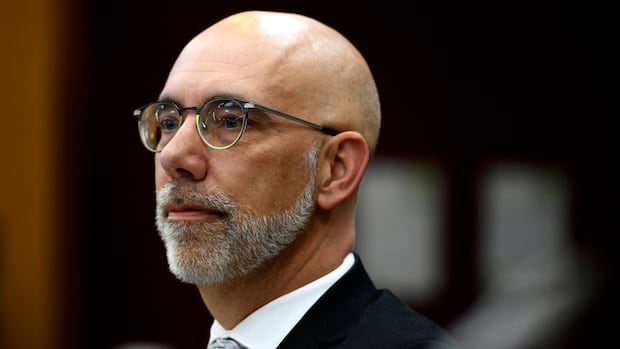Canada’s Parliamentary Budget Officer (PBO) has estimated that the federal government spent $71.1 billion on salaries and other personnel expenses in the previous year. This marks a $1.5 billion increase from the $69.6 billion spent on staff in 2023-24, as indicated in a report published by the independent body on Thursday. Despite a reduction of approximately 10,000 jobs in the public service, the analysis reveals that unchecked personnel costs are projected to escalate to $76.2 billion by 2029-30, which is two percent higher than the budget watchdog’s March projection.
The PBO report emphasizes the significance of comprehending personnel expenses, which constitute the largest portion of federal operating expenditures, for effective parliamentary oversight. The heightened federal spending on public servants is anticipated to contribute to a cumulative $8.5 billion increase in the deficit over the next five years, according to the PBO.
Notably, the latest PBO forecast does not incorporate federal initiatives announced post-May, such as pay raises for Canadian Armed Forces members and the comprehensive expenditure review. Data from the Treasury Board Secretariat indicates a decrease of 9,807 members in the federal public service between 2024 and 2025. Despite this decline, a July report by the PBO suggests an anticipated rise of over 13,000 full-time equivalents compared to the previous year’s plans.
The report projects that the average costs for full-time equivalents, driven primarily by salaries, wages, and standard compensation, are expected to rise to $139,400 by 2029-30. When factoring in pensions and additional benefits, the average cost is projected to exceed $172,000 by the same fiscal year. Lead senior analyst Marianne Laurin states that the number of full-time equivalents is projected to decrease over the next two years before reaching nearly 442,000 by 2029-30.
Prime Minister Mark Carney pledged to balance the federal operational budget by curbing operational spending during the last election campaign to enable increased investments in Canada. Finance Minister François-Philippe Champagne has requested “ambitious savings proposals” from cabinet members to reduce day-to-day government operational expenses by 7.5 percent in the 2026-27 fiscal year, followed by reductions of 10 percent and 15 percent in subsequent years. The baseline projection presented by Laurin does not encompass these anticipated budget cuts. Sloane Mask, from the Office of the Parliamentary Budget Officer, suggests that the growth in federal wages could still occur depending on the type of public service jobs eliminated, emphasizing the potential impact of economic increases and inflation on the salary bill.



